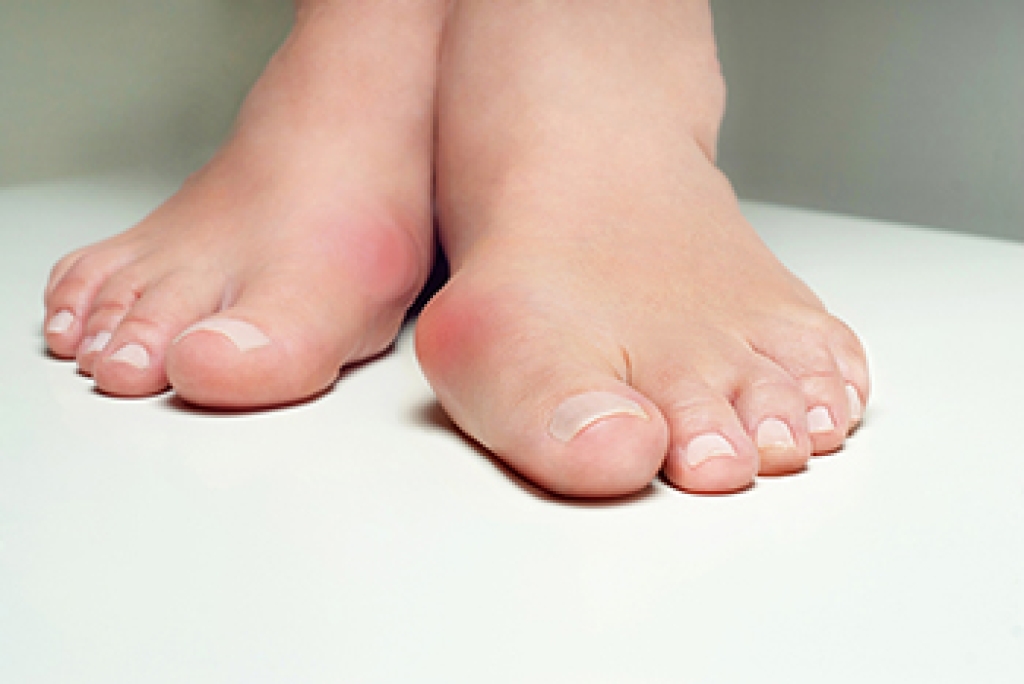
A bunion is a painful bony lump that forms at the base of the big toe when the top of the toe leans toward the second toe. Bunions often develop due to inherited foot structure, injuries, or excessive pressure on the front of the foot. People with flat feet or inward-rolling ankles may be more prone to the formation of bunions, as these conditions affect weight distribution and joint stability. Wearing tight, narrow, or high-heeled shoes can worsen the problem by increasing pressure on the big toe joint. Certain types of arthritis, like rheumatoid arthritis or gout, may also contribute by weakening the joint over time. As a bunion progresses, symptoms can include pain, redness, swelling, stiffness, and difficulty wearing shoes comfortably. Some people also develop corns, calluses, or ingrown toenails due to toe crowding. A podiatrist can evaluate the severity of a bunion and discuss treatment options, including footwear modifications or surgery if the condition significantly affects mobility. If you have foot problems related to bunions, it is suggested that you schedule an appointment with a podiatrist for a diagnosis and treatment options.
If you are suffering from bunions, contact one of our podiatrists of Advanced Foot Specialists. Our doctors can provide the care you need to keep you pain-free and on your feet.
What Is a Bunion?
A bunion is formed of swollen tissue or an enlargement of boney growth, usually located at the base joint of the toe that connects to the foot. The swelling occurs due to the bones in the big toe shifting inward, which impacts the other toes of the foot. This causes the area around the base of the big toe to become inflamed and painful.
Why Do Bunions Form?
Genetics – Susceptibility to bunions are often hereditary
Stress on the feet – Poorly fitted and uncomfortable footwear that places stress on feet, such as heels, can worsen existing bunions
How Are Bunions Diagnosed?
Doctors often perform two tests – blood tests and x-rays – when trying to diagnose bunions, especially in the early stages of development. Blood tests help determine if the foot pain is being caused by something else, such as arthritis, while x-rays provide a clear picture of your bone structure to your doctor.
How Are Bunions Treated?
- Refrain from wearing heels or similar shoes that cause discomfort
- Select wider shoes that can provide more comfort and reduce pain
- Anti-inflammatory and pain management drugs
- Orthotics or foot inserts
- Surgery
If you have any questions, please feel free to contact our offices located in Rockwall, Greenville, Dallas, Sachse, and Lewisville, TX . We offer the newest diagnostic and treatment technologies for all your foot care needs.
